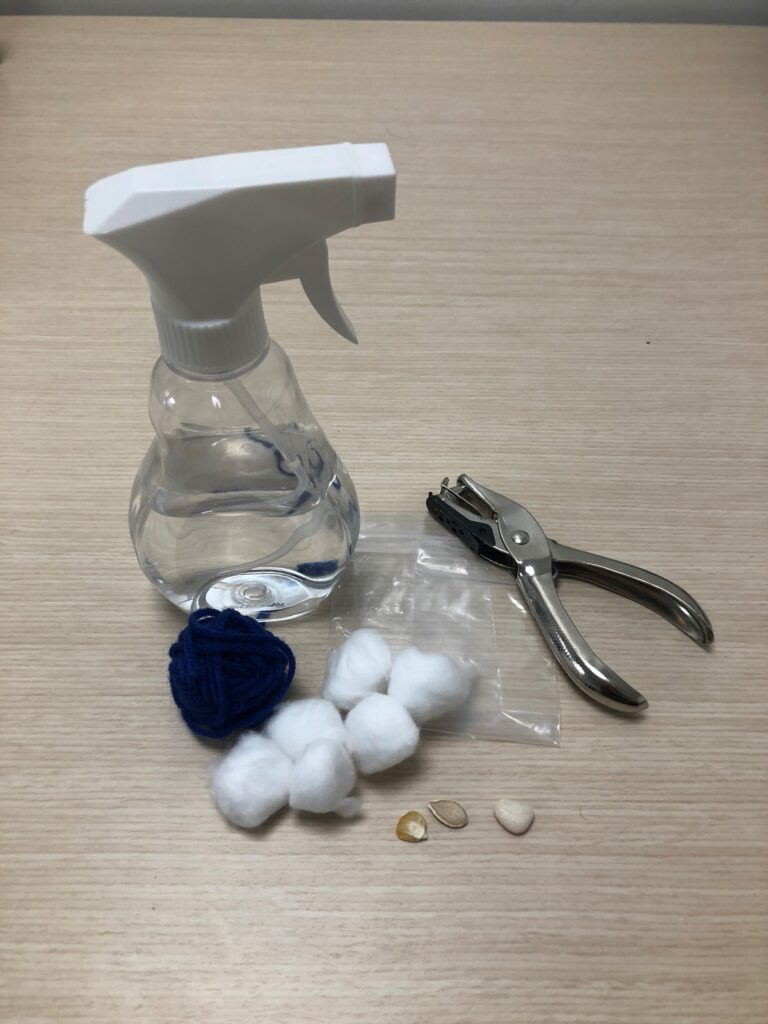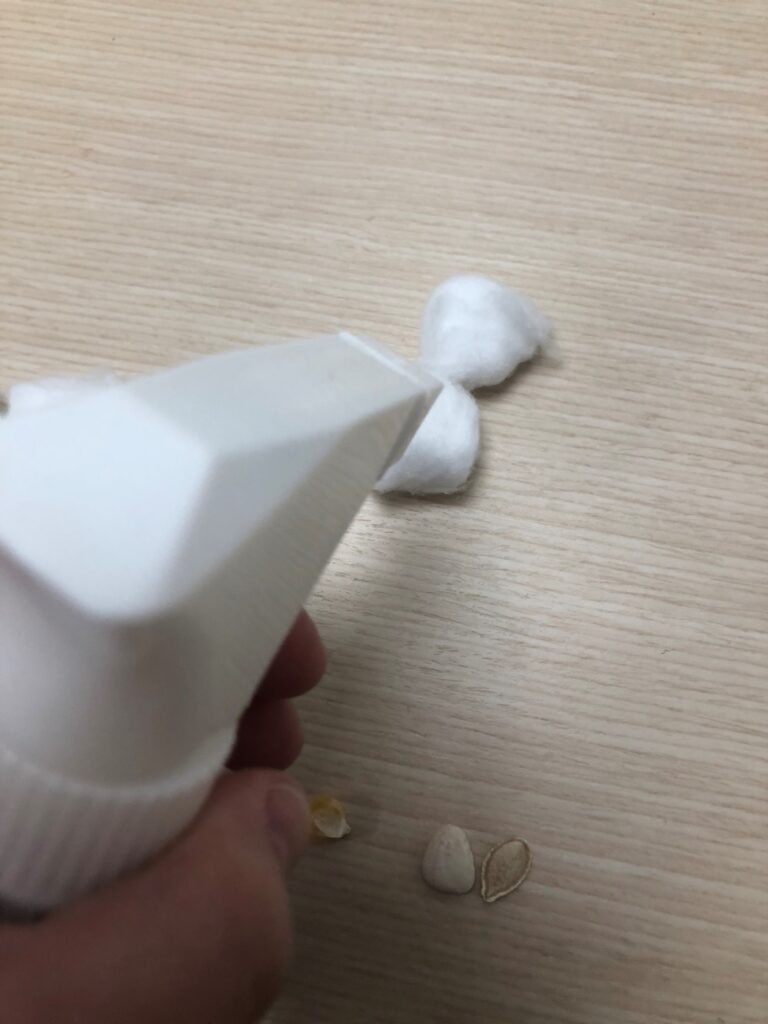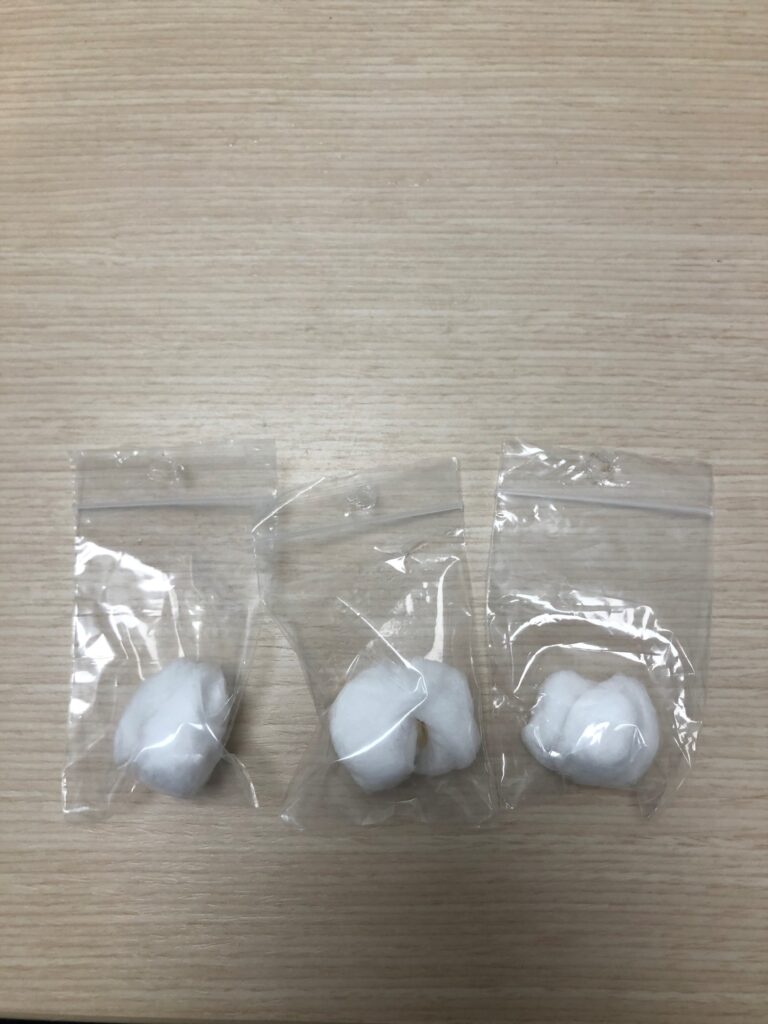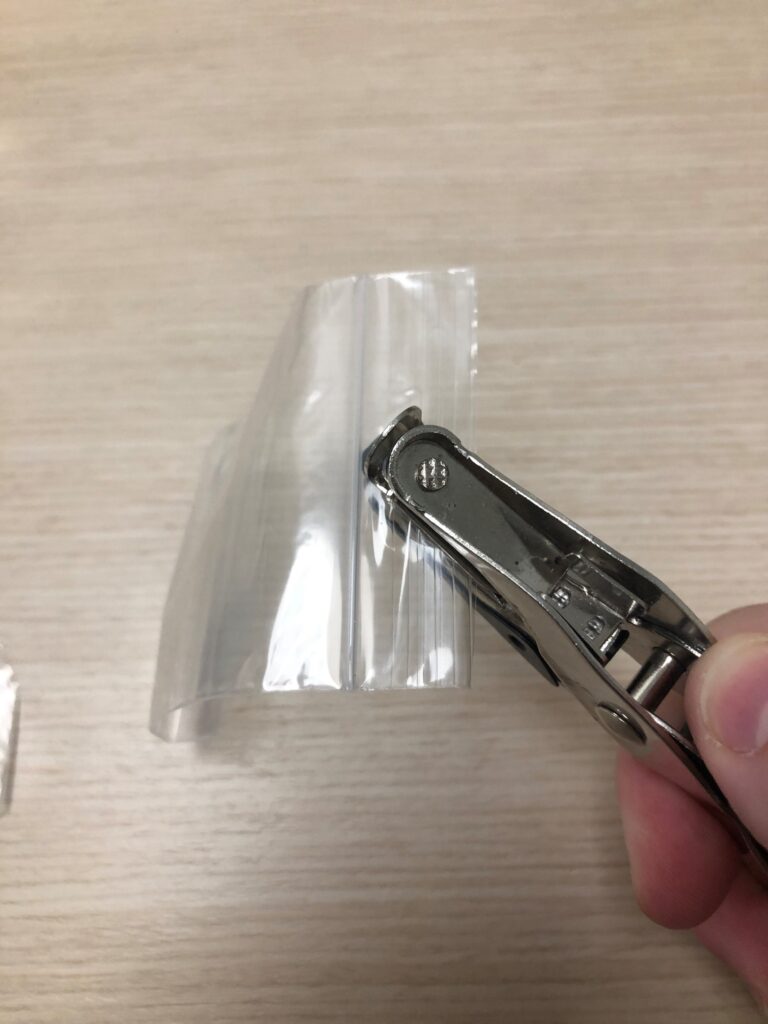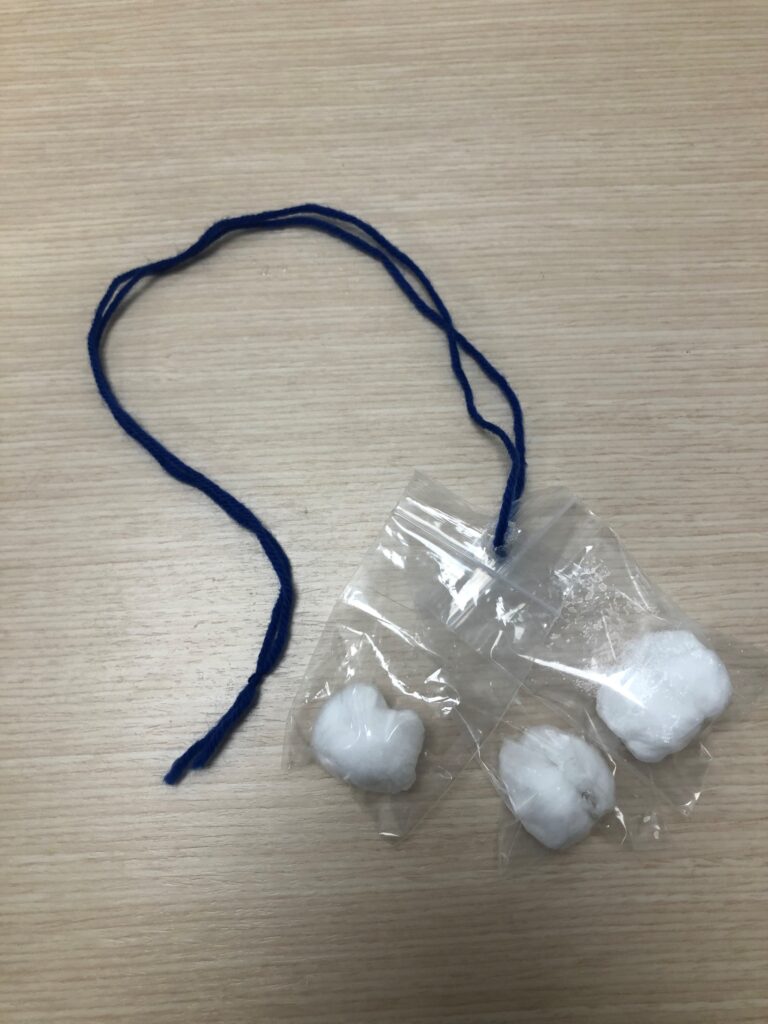Written by: Amelia Schrader, Senior Manager of Learning and Education and Julia McMahon, Lead Play to Learn Facilitator
Materials
3 – 3” x 2” resealable bags
Cotton balls (either 2 small per bag, or 1 jumbo per bag)
Spray bottles with water or bowls of water
Corn, bean, and squash seeds (1 of each for each student)
2.5 yards of string
Hole punch (to make holes in top of each resealable bag – to string necklace)
Observation Sheet (optional; download here)
Length:
Set up: 5-10 minutes (depending on how many seeds and pots you have)
Inactive: Typically a week or more before the seeds germinate, but don’t forget to water!
Observations: 3-5 minutes each day afterward
Academic Subject(s):
Science; Social Studies
This lesson supports your student’s K – 3rd grade curriculum:
SCI: P-LS1-1 1 -LS3-1.
SOC: 3.4a, 3.4b, 3.5b, 3.6
The people of the Seneca nation, native Americans who used to occupy this area, call them the Three Sisters, or Deohako (pronounced, Jo-hay-ko), which means “the life supporters”. Corn, beans, and squash were the main crops that they grew and ate. There is even a legend told about these inseparable three sisters that grow and thrive together.
The corn grows tall. What is growing up the corn? The corn supports the bean plants. The beans take nitrogen (an important nutrient that plants need to grow) from the air and change it into a form that can be taken up by other plants’ roots. Finally, the squash grows at the bottom. What do you think the ground is like under the big squash leaves? Wet or dry (wet)? Shady or sunny (shady)? The shade that the squash provides keeps weeds from growing and conserves water for all three plants to soak up.
Directions:
Step 1: Carefully punch a hole at the top of each of your three resealable bags. This hole will be used to string the bags together in a later step to make the necklace.
Step 2: Spray the cotton ball(s) with water so they are wet, but not dripping.
Step 3: Put a seed between two wet cotton balls (or wrap the seed in one wet jumbo cotton ball). Put the “seed sandwich/seed taco) in the resealable bag and seal it (leave the air inside).
Step 4: Repeat this procedure for the other two seed necklaces.
Step 5: String the yarn through the hole in the top of each seed bag and tie a knot with the end pieces. The seeds in this necklace have everything they need to grow: air (squeeze bag to show there is air inside), water, and warmth (from your body or a warm room) to grow.
Now that you have completed all the steps use the following questions as prompts for discussion with your child.
Let’s learn more about the legend of the Three Sisters: You can visit https://ganondagan.org/learn/legend-of-the-three-sisters to read the legend as a family.
How soon will it take the seeds to start growing? You should start to see the root growing in about a week. Remember that the seeds’ growth may be covered by the cotton balls.
Do I need to add water to the little bags? You shouldn’t have to as long as you gave it enough water when you made the necklace. If you notice that there are no little water droplets in the bag after a few days and the cotton ball looks dry, put a squirt or two of water in the bag and seal it again.
Do I need to wear my necklace all the time or put it in a sunny window? No, your seeds just need warmth to grow (not light). Any location in a warm home will do.
Can I plant the seeds once they grow? YES! Wait until they get some leaves and then plant the roots in some potting mix in a paper cup with holes in the bottom (so the water can drain out when you water your plant). Put your pot in a sunny window and water it when the soil starts to get dry. Visit our growing seeds blog for directions.
Vocabulary Words
• Germinate: To begin to grow; sprout.
• Three Sisters: Onëö (Corn), Osae’da’ (Beans) and O:nyönsa’ (Squash) are the three
• Seneca Nation: The Seneca were the largest of the six native nations that made up the Iroquois Confederacy (the other members of the confederacy are Mohawk, Oneida, Onondaga, Cayuga, and Tuscarora). In the Seneca language these people are known as Onondowaga (pronounced: Oh-n’own-dough-wahgah), or Great Hill People.
• Indigenous Peoples’ Day: This holiday is celebrated on the second Monday of October annually. Indegenous Peoples’ Day honors and celebrates Native American peoples, histories and cultures.

